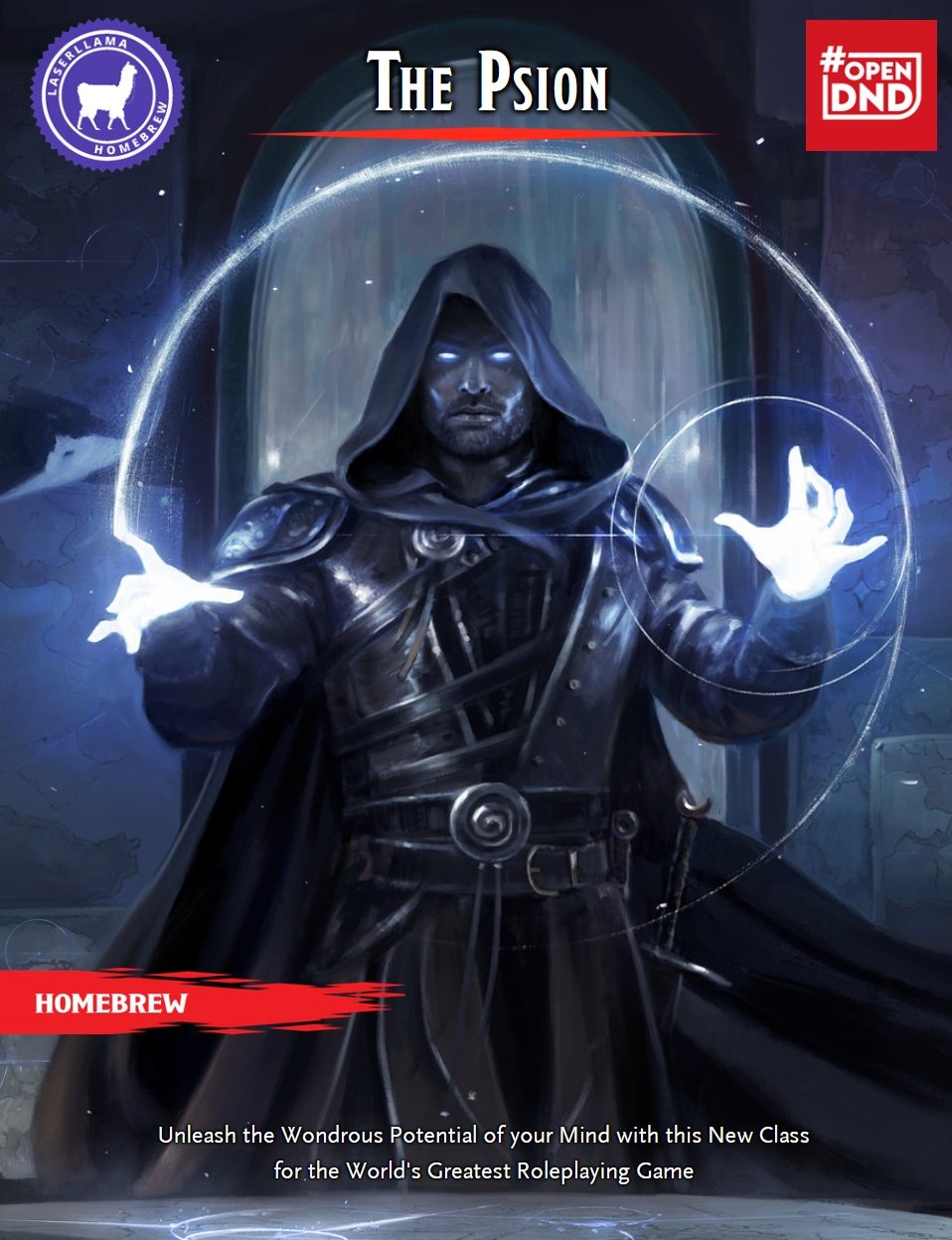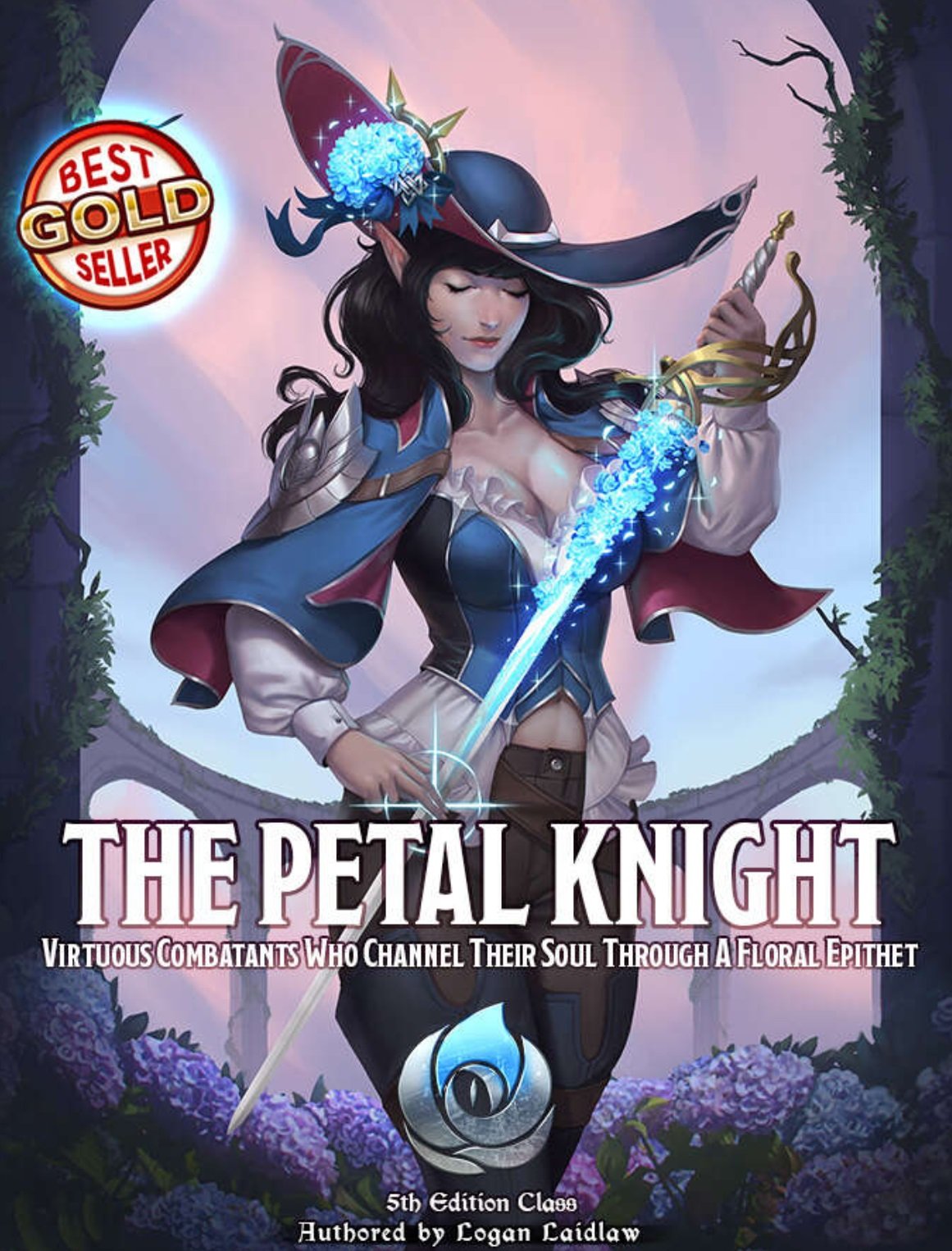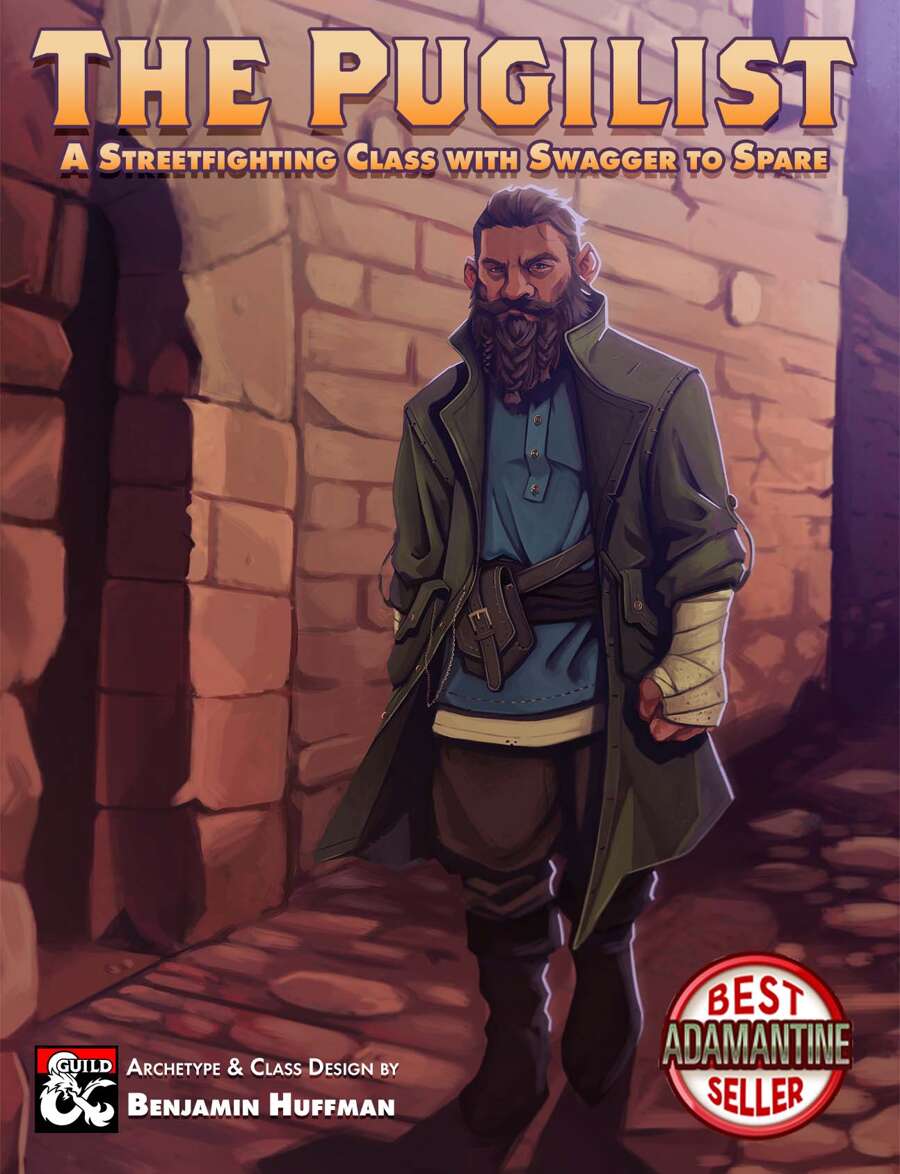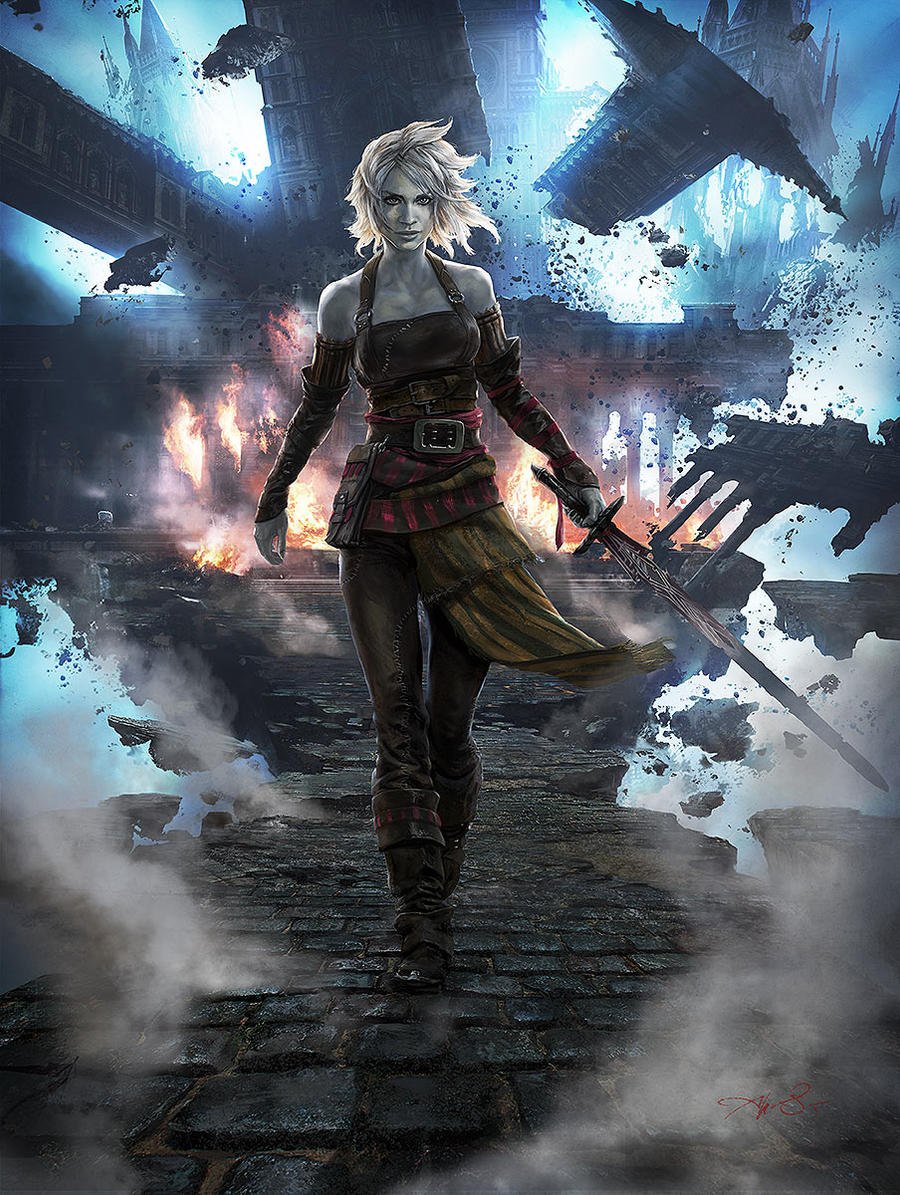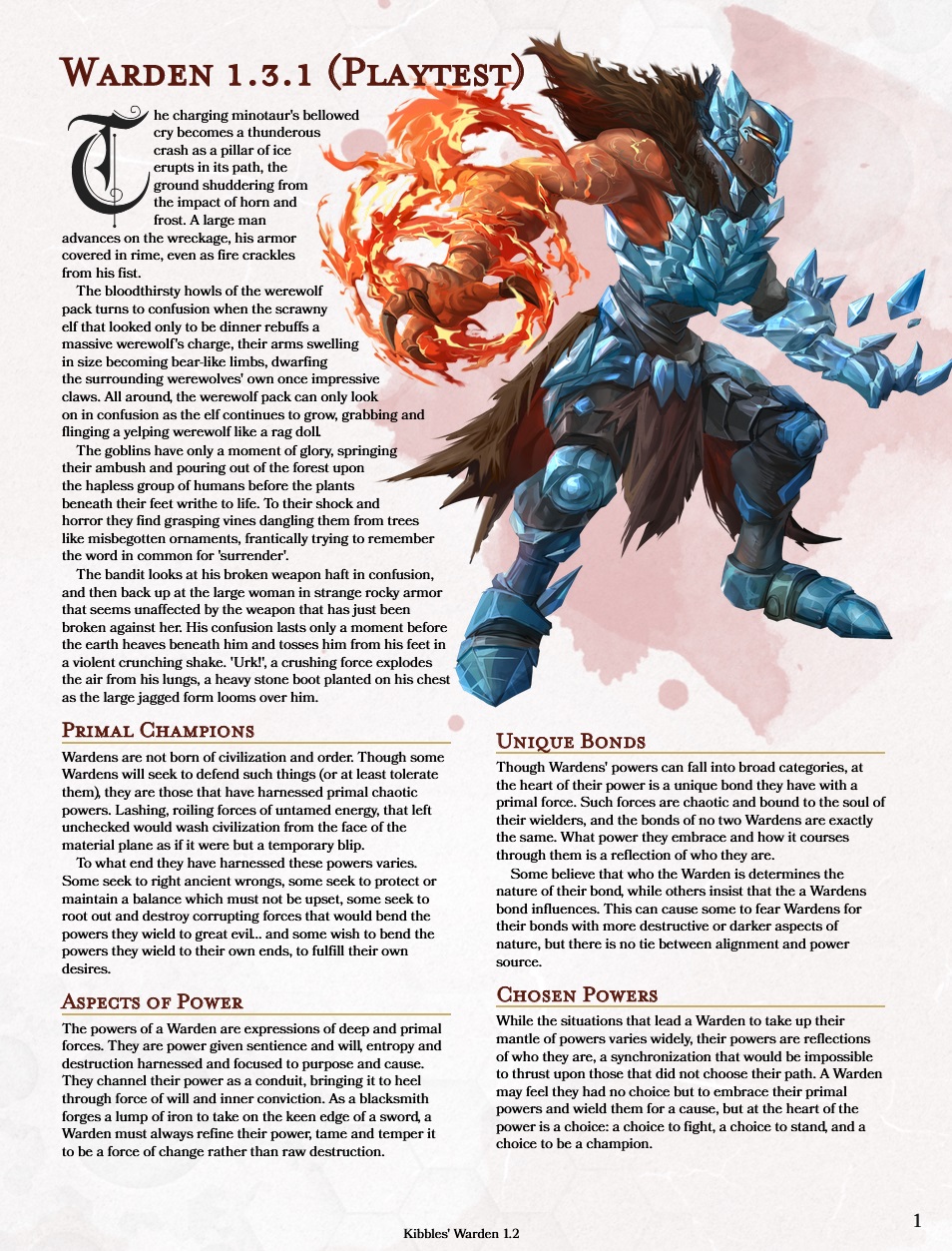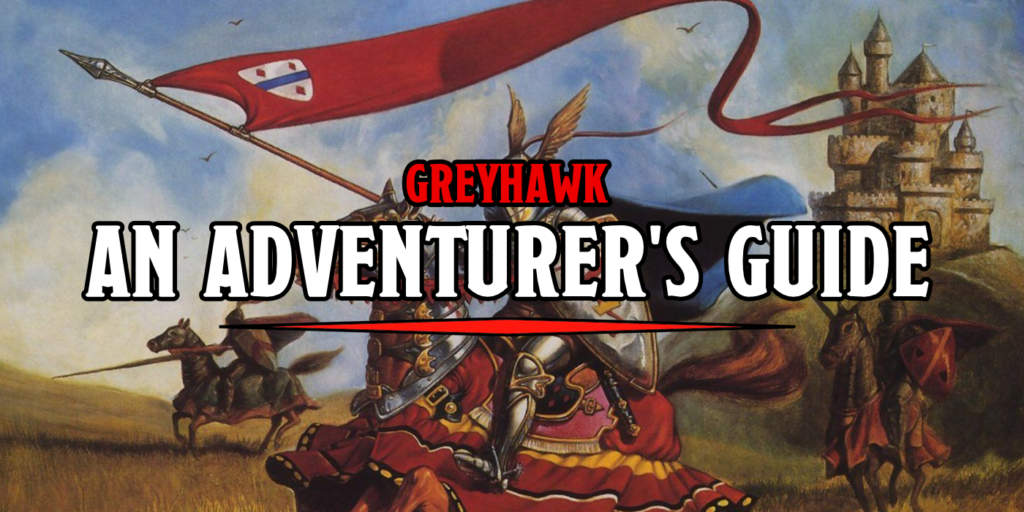D&D: Five Fun Third-Party Classes to Expand Your Game
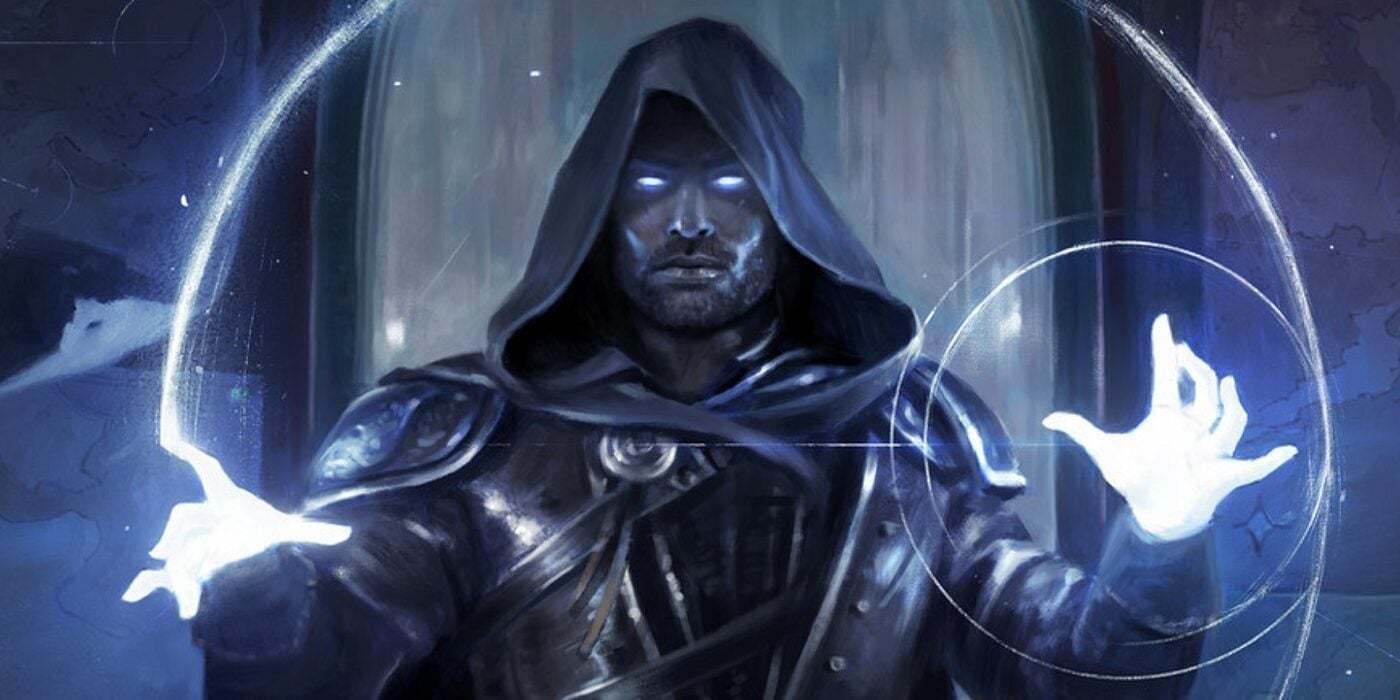

Want to expand your 5E games but not sure where to look? Folks out there make their own third-party classes—some aren’t even totally broken.
Say what you will about homebrewed/third-party content, but there are many ways to expand D&D 5E besides the same 13 classes and a handful of subclasses for each. There are some truly tasty examples of different ways to express your character, both mechanically and otherwise.
Today, we’re looking at five third-party character classes. These will give you whole new ways to create a character. Most often, they come with their own subclasses. While you may want to check with your group before you bring one of these in, they can inject some new life into an edition of a game that’s going to be more than a decade old in a few short months.
The Psion
Psions have always been a part of D&D, lurking in the background, whether from the psionic talents that some characters might have in old school D&D or in expansive classes and subsystems in later editions, including and especially 3rd Edition D&D. The Psion, by Laserllama, brings psionic powers to 5th Edition in a way that feels a lot more complete.
Originally based on the Mystic from the old Unearthed Arcana that shows what might have been, the Psion adds new psionic forms, talents, and even the psionic equivalent of wild magic to the game. It’s a fantastic way to play with psychic powers, and the class booklet is full of new psionic spells as well.
The Petal Knight
This class is a platinum best-seller in the DM’s Guild, and it’s the kind of concept that really gets the character creation juices flowing. A Petal Knight is a nature/primal magic-empowered duelist. They fight with finessable weapons and have natural powers that reflect their heart and soul, manifested in a flower that, handily enough, is one of the subclasses.
A Petal Knight might be a Camellia, representing a connection to others. But they might also be a Pink Rose, whose accurate strikes might also work to stun distant targets. This one feels wildly different from the other classes in D&D. But you can see it in action for yourself on DriveThruRPG.
The Pugilist
A big burly brawler is surprisingly hard to replicate in D&D 5E. Unless, that is, you play as a Pugilist. If you want to play like Karl Urban in the first season of The Boys or if you just want to play Robert Downey Jr.’s Sherlock Holmes, this is the class that will let you live out these fantasies.
Magus
What if you played a Paladin, but instead of being divine casters who smote, they were arcane spellcasters? This is one of the more overt takes on the idea of a gish—someone who fights with blade and spell in equal measure. This class is all about casting a spell that you then hit someone with. Kind of like a Paladin’s Smite Spells. But they have a whole lot more going for them in the other 20 levels. If you want to be a Mage Knight, here’s your chance.
Finally, there’s the Warden. This is an idea that was around in 4th Edition: a primal/nature-empowered Fighter or Paladin type. Heavily armored, focused on protecting their parties, and, of course, imbued with the power of nature magic, these warriors are an attempt to make 5th Edition support playing a tank-type class. They are very resilient, and capable of soaking hits that would make anyone this side of a Barbarian crumble. Add to that a lot of elemental and nature magic, and you’ve got a fun time on your hands.
What are some of your favorite third-party classes?

